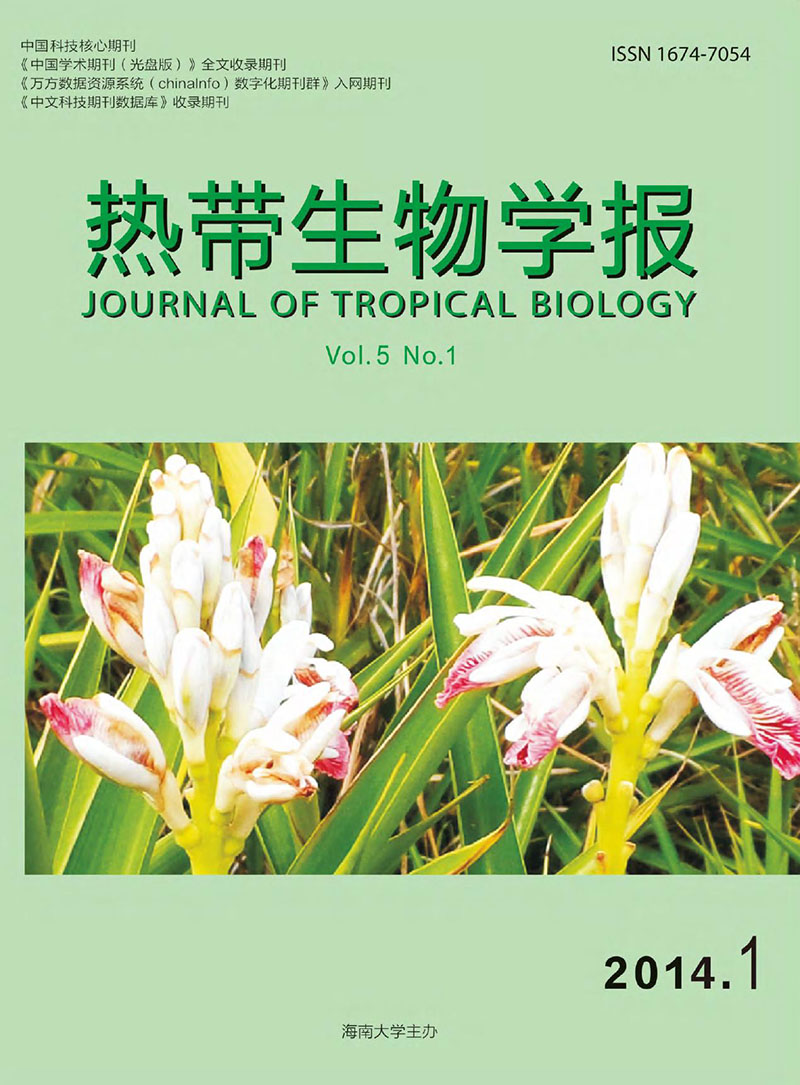Industrial Aquaculture Experiment of Plectropomus leopardus
doi: 10.15886/j.cnki.rdswxb.2014.01.014
- Received Date: 2013-11-04
Abstract: A unused abalone aquaculture pond was used for experiment in industrial aquaculture of Plectropomus leopardus. The aquaculture pond was spaced 9 m long,3 m wide and 2 m high with an effective depth of about 1. 7m,and had 3 water inlets. The water was discharged from the bottom of the pond and spilled over from the top. In the pond 6 perforated intake tubes were arranged 20 cm above the bottom to increase oxygen,and a 6. 0 m×3. 0 m×1. 5 m cage was placed in the pond to farm Plectropomus leopardus with the effective water depth of 1. 2m. The water used for the shrimp aquaculture was treated in a way as follows: the coastal sand filter well→ settling basin → triple filtration pool → ultraviolet disinfection pool → activated corallite filtering → aquaculture pond. The waste water spilled over from the top of the pond was used to farm Babylonia or bivalves. The aquaculture wastewater was discharged from the bottom of the pond into the settlement tank. In July 2011 9 000 quality fingerlings 10 cm long of P. leopardus was farmed in the cage,and 5 710 kg fishes with an average weight of about 742 g·fish were harvested in September 2012 after more than 15 months of aquaculture. The aquaculture survival rate was 85. 5%,and the yield was 12. 4 kg·m- 3.
| Citation: | WANG Yongbo, ZHENG Fei, LIU Jinye, FU Shuyuan, YANG Mingqiu, LIU Tianmi. Industrial Aquaculture Experiment of Plectropomus leopardus[J]. Journal of Tropical Biology, 2014, 5(1): 15-19. doi: 10.15886/j.cnki.rdswxb.2014.01.014 |






 DownLoad:
DownLoad: